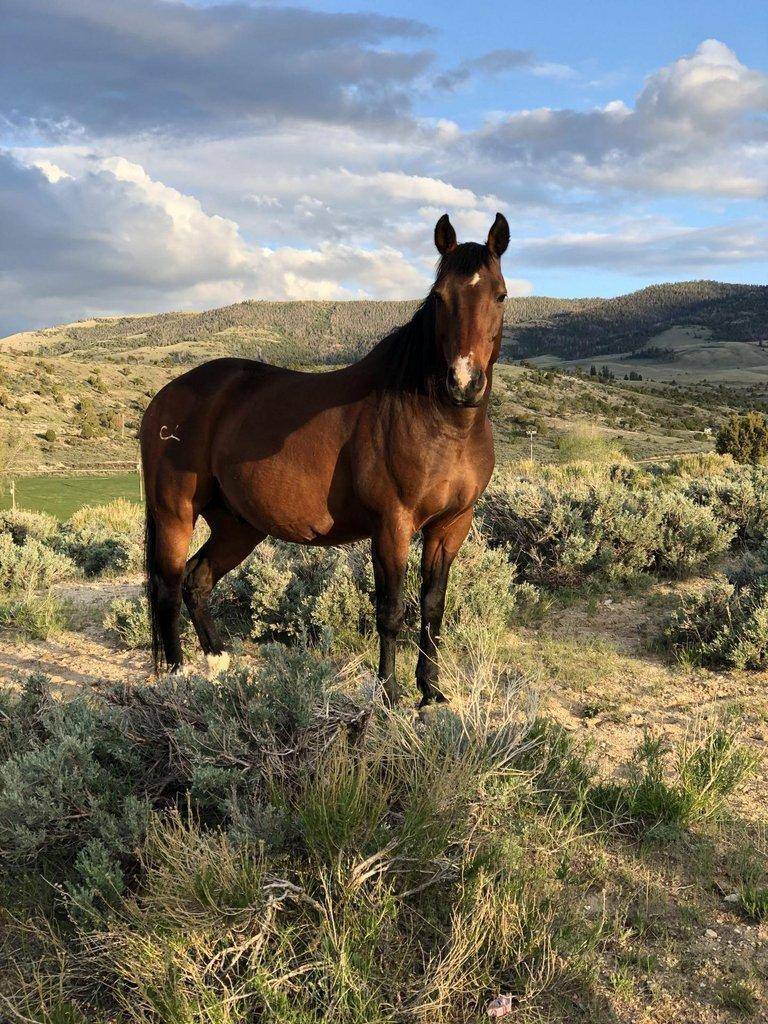By Riata Cummings
A case of equine herpesvirus myeloencephalopathy (EHM) was confirmed in March at the Golden Spike Events Center in Ogden.
“Thankfully, an outbreak was prevented by responsible owners and good equine biosecurity,” said Karl Hoopes, Utah State University Extension equine specialist.
The first confirmed case in Utah was isolated at a private facility in Davis County in mid-March, and state officials later found a second horse at the property that also tested positive for EHM. Although it is unknown how the originally infected horse became sick, Utah State Veterinarian Dean Taylor investigated other reports of ill horses, but no other cases have been confirmed in Utah.
“The recent outbreak only involved a few horses and has quieted down now,” Hoopes said. “But, this is a good time to remind people throughout the state and region of the need for good biosecurity at equine events.”
The lack of other cases can likely be attributed to the fact that the two positive horses were quarantined following their original diagnosis, and the Golden Spike Events Center routinely disinfects the entire facility after every event. These practices, along with other biosecurity measures, can protect horses from EHM and other dangerous diseases.
The virus is spread by nose-to-nose contact, contaminated equipment and respiratory secretions. The virus can survive up to seven days under normal environmental circumstances and for a maximum of one month under perfect environmental conditions. The herpes virus has a unique adaptive mechanism to ensure its survival. According to Kerry Rood, USU Extension veterinarian, the virus, once infection has occurred, can become latent and avoid the host’s immune system.
“Then, at an opportune time, when there are levels of high stress, the virus emerges and can be silently shed, infecting other horses that come into contact with the ‘silent’ shedder,” Rood said.
This explains why there can be outbreaks of the virus within closed populations of horses, and may explain the illness of the initially diagnosed horse.
“Preventive measures are focused on sound biosecurity principles like not sharing tack, cleaning and disinfecting your horse trailer after transporting horses other than your own, meeting needs to minimize stress, isolating new horses for a minimum of 30 days, contacting a veterinarian immediately when signs are exhibited and regularly vaccinating horses for EHV and other diseases,” said Rood.

